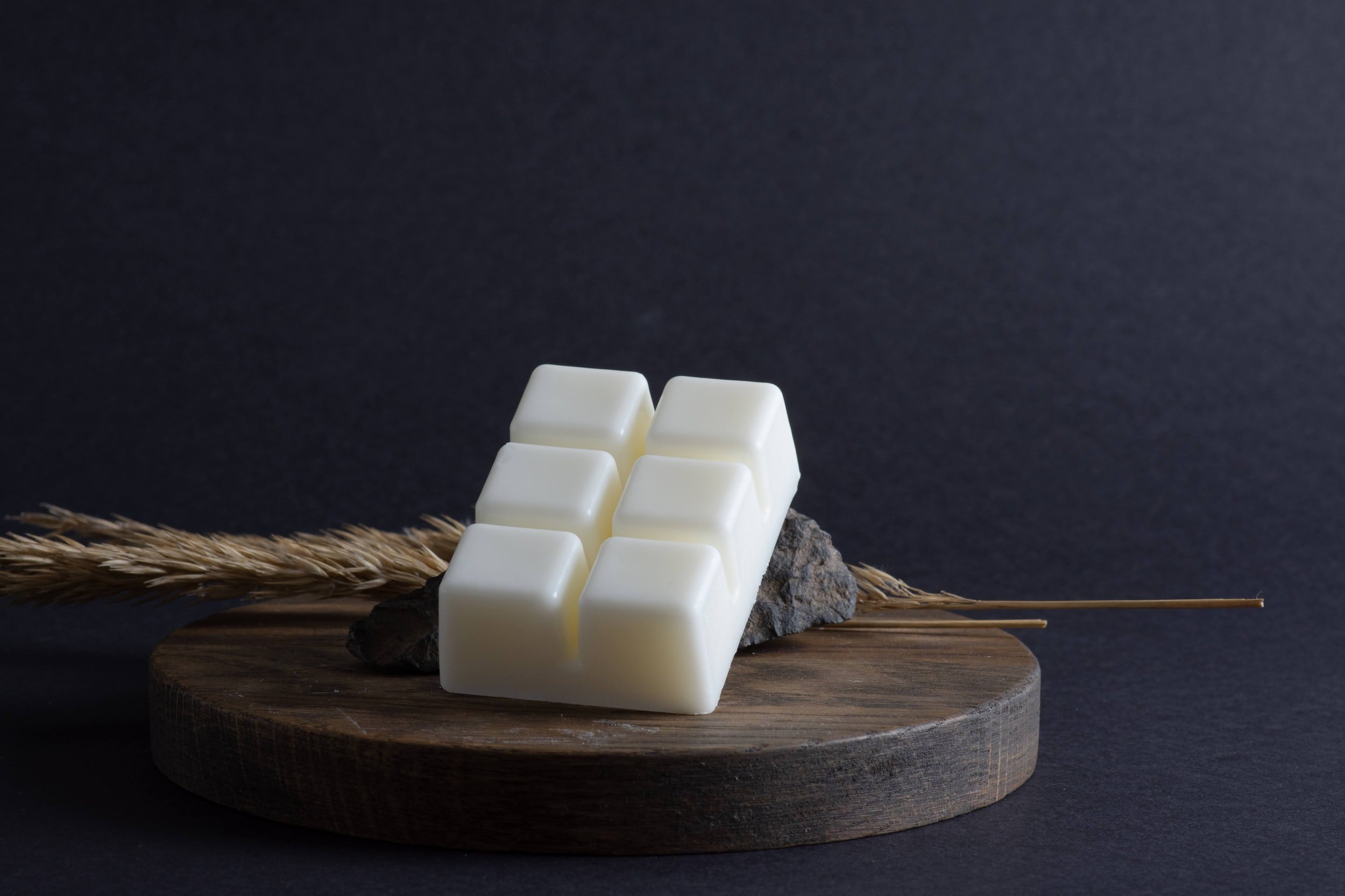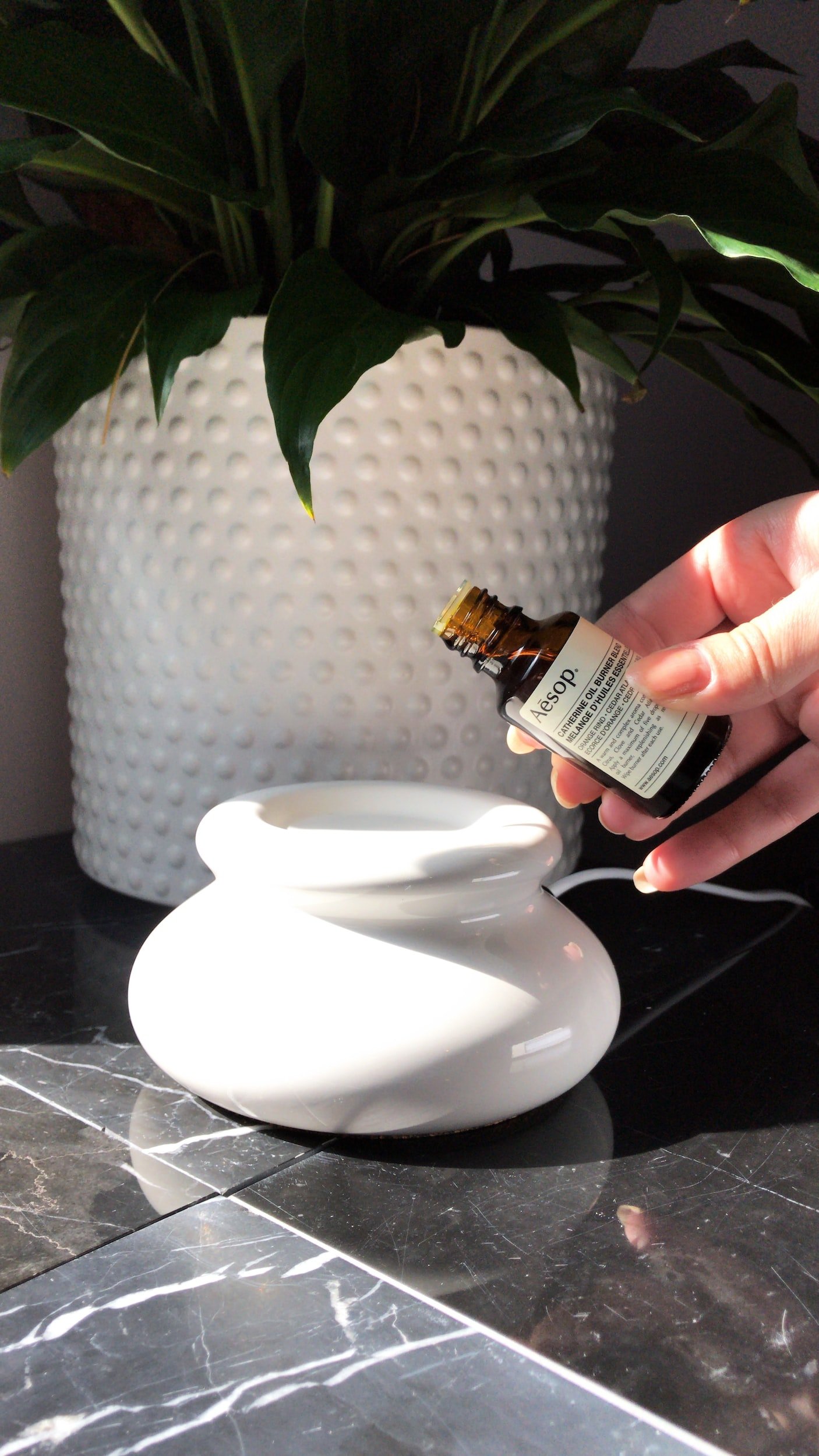Can You Put Essential Oils in a Wax Warmer?
Wax warmers have become a popular way to fill our homes with delightful fragrances. The use of essential oils has also been on the rise due to their therapeutic benefits. With these two trends, a common question arises: can you put essential oils in a wax warmer? It's a valid question; after all, both use heat to disperse their fragrances.
In this article, we'll delve into the world of wax warmers and essential oils, highlighting their benefits and risks, and explore the answer to the question that has piqued the curiosity of many fragrance enthusiasts.
Quick Answer
Yes, it is possible to put essential oils in a wax warmer. However, it is important to be aware of the potential risks associated with heating essential oils.
While the warm essential oil can create a fragrant and relaxing atmosphere, it can also become more intense and overpowering, leading to headaches or nausea. It is crucial to dilute the essential oils in water before using them in a wax warmer and to follow the manufacturer's instructions carefully.
For those who want to enjoy the benefits of aromatherapy without the risks, using oil diffusers or wax melts that are specifically designed for essential oils is a safer alternative.
Table of Contents
Essential oils
Definition and explanation of essential oils
Benefits of using essential oils
Popular essential oils and their uses
Wax Warmers
Definition and explanation of wax warmers
Benefits of using wax warmers
Types of wax warmers
Can essential oils be used in a wax warmer?
Risks of using essential oils in a wax warmer
Safety precautions to take
Benefits of using essential oils in a wax warmer
Alternatives to using essential oils in a wax warmer
Oil diffusers
Wax melts
Other methods for using essential oils
Conclusion
Essential oils
Essential oils are highly concentrated compounds that are extracted from plants, flowers, and herbs. These oils are free from fatty acids, unlike other cooking oils such as olive oil or coconut oil. Essential oils are often used for their fragrance, but they are also known to have several therapeutic benefits.
Benefits of using essential oils
Essential oils have been used for centuries as a natural remedy for several physical and mental health conditions. Diffusing essential oils can enhance mood, relieve stress and anxiety, and even promote better sleep. Certain essential oils like peppermint can help soothe headaches, while lavender oil is well known for its calming properties. Other benefits of essential oils include improving digestion and boosting the immune system.
Popular essential oils and their uses
There is a wide range of essential oils available, each with its unique fragrance and health benefits. Some popular essential oils include:
Lavender – Reduces anxiety, promotes relaxation, and treats insomnia
Peppermint – Soothes headaches, relieves congestion, and boosts energy
Eucalyptus – Treats respiratory issues, improves focus, and reduces inflammation
Lemon – Boosts the immune system, improves mood, and relieves stress
Tea Tree – Antibacterial, antifungal, and anti-inflammatory properties
Rosemary – Boosts memory, improves circulation, and helps with hair growth
Wax Warmers
Wax warmers are devices that use heat to melt scented wax, which then releases its fragrance into the air. These warmers come in various sizes, shapes, and designs, and can be powered by electricity or by a tealight candle. Wax warmers are often used as an alternative to traditional candles as they eliminate the dangers of an open flame.
Benefits of using wax warmers
Wax warmers have several benefits over traditional candles. They are safer to use, as there is no open flame involved. They are also longer-lasting, as individual wax cubes can often provide up to 20 hours of fragrance. Furthermore, wax warmers come in several unique designs, making them a decorative addition to any room.
Types of wax warmers
There are various types of wax warmers available in the market. Some come with a single dish, while others have multiple dishes, allowing you to mix and match scents. Electric wax warmers utilize a heating element, while tealight wax warmers rely on a flame to melt the wax. There are also plug-in wax warmers that can be easily moved from room to room.
Can Essential Oils be Used in a Wax Warmer?
While it is possible to put essential oils in a wax warmer, it is important to be aware of the potential dangers. Essential oils are highly volatile and have a low flash point, meaning they can catch fire if they are exposed to extreme heat. When essential oils are heated, they can become more intense and overpowering, which can lead to headaches or nausea.
Safety Precautions to Take
If you choose to use essential oils in a wax warmer, there are several safety precautions you can take. Firstly, ensure that you follow the manufacturer's instructions on the proper amount of oil to use. It is recommended that you use no more than 10-12 drops of oil per 100ml of water. Secondly, never leave the wax warmer unattended or use it for an extended period. Check the wax warmer regularly, and turn it off once the wax has melted. Lastly, ensure that the wax warmer has a deep enough dish to hold the diluted essential oil if you choose to use it.
Benefits of Using Essential Oils in a Wax Warmer
Despite the potential risks, using essential oils in a wax warmer can have several benefits. Diluted essential oils in water can be used to create a fragrant and relaxing atmosphere that can promote calmness and relieve stress. It can also help purify the air by neutralizing unpleasant odors or airborne bacteria.
Alternatives to using essential oils in a wax warmer
In the previous section, we discussed the potential risks of using essential oils in a wax warmer and outlined some safety precautions to take. While it is possible to use essential oils in a wax warmer, some may prefer a safer alternative. So, let’s take a look at two alternatives to using essential oils in a wax warmer: oil diffusers and wax melts.
These methods use different mechanisms to disperse fragrance into the air, eliminating the risks associated with heating oils. We'll also explore other ways in which essential oils can be safely used to promote relaxation, improve mood, and enhance overall well-being.
Oil Diffusers
Oil diffusers are a safer alternative to using essential oils in a wax warmer. They do not use heat to diffuse the oils into the air, so there is no risk of fire or the oils becoming too intense. Instead, these devices rely on cold-air diffusion or evaporation to disperse the oils. They come in various shapes and sizes, offering countless options for customizing your preferred scent.
Wax Melts
Wax melts are another alternative to using essential oils in a wax warmer. These products are made of scented wax, and they are placed in the dish of the wax warmer, just like regular wax melts. The wax melts contain safe levels of essential oils, and they are designed to provide a slow release of the fragrance without creating any fire hazards.
Other Methods for Using Essential Oils
There are several other ways to use essential oils to achieve their therapeutic benefits. A few popular options include using them in a spray bottle as a natural air freshener, mixing them with a carrier oil for use in massage, and adding them to a hot bath for a relaxing soak.
Final Thoughts
Wax warmers and essential oils are both popular ways to infuse our homes with delightful scents. While it is possible to use essential oils in a wax warmer, it is crucial to be aware of the potential risks and take proper precautions. One safer alternative is to use oil diffusers, which rely on cold-air diffusion or evaporation to disperse the oils. Wax melts are also an excellent choice as they are designed specifically for use with essential oils, creating a slow-release fragrance without the risk of fire.
Lastly, we explored other ways in which essential oils can be safely used to promote relaxation, improve mood, and enhance overall well-being. By considering the benefits and risks of each method, you can choose the option that is best suited to your needs and preferences.






